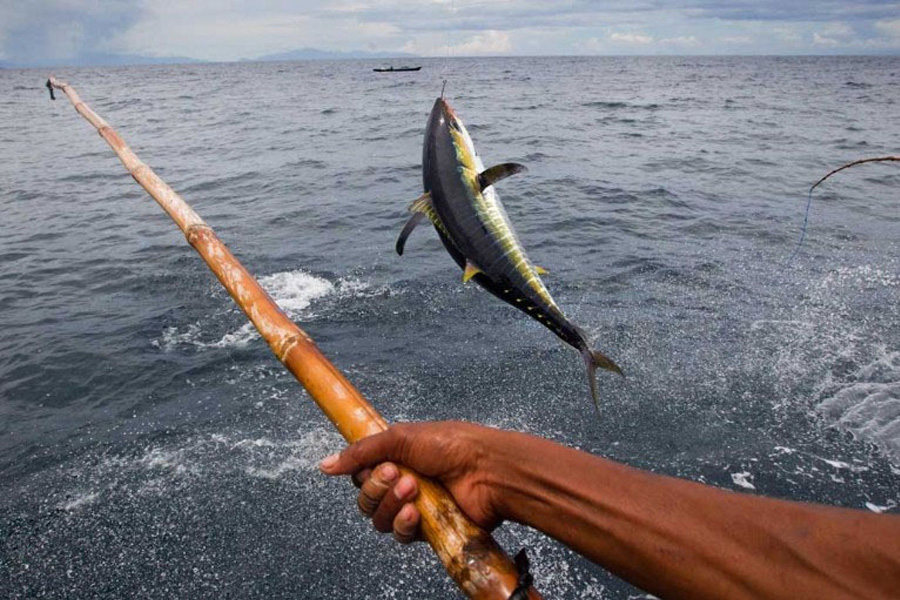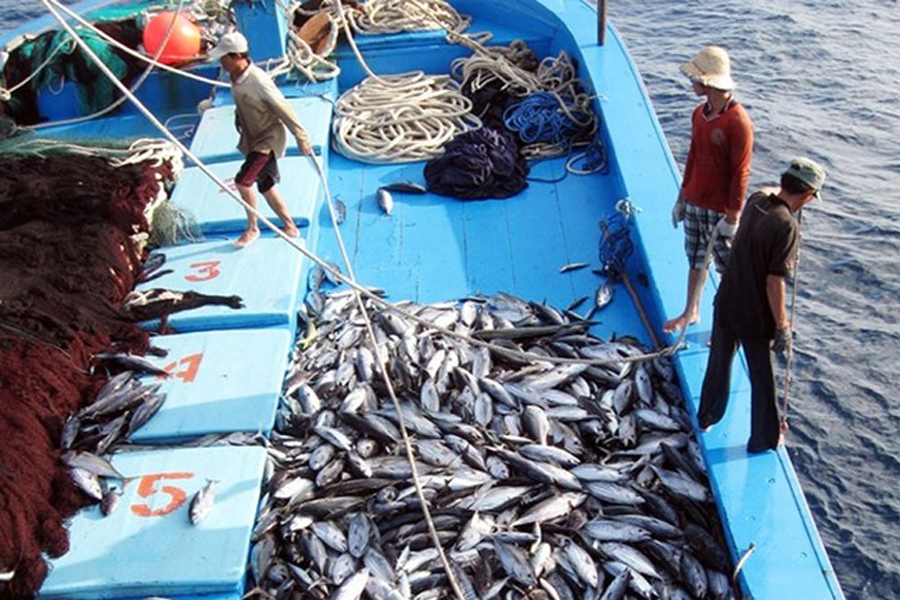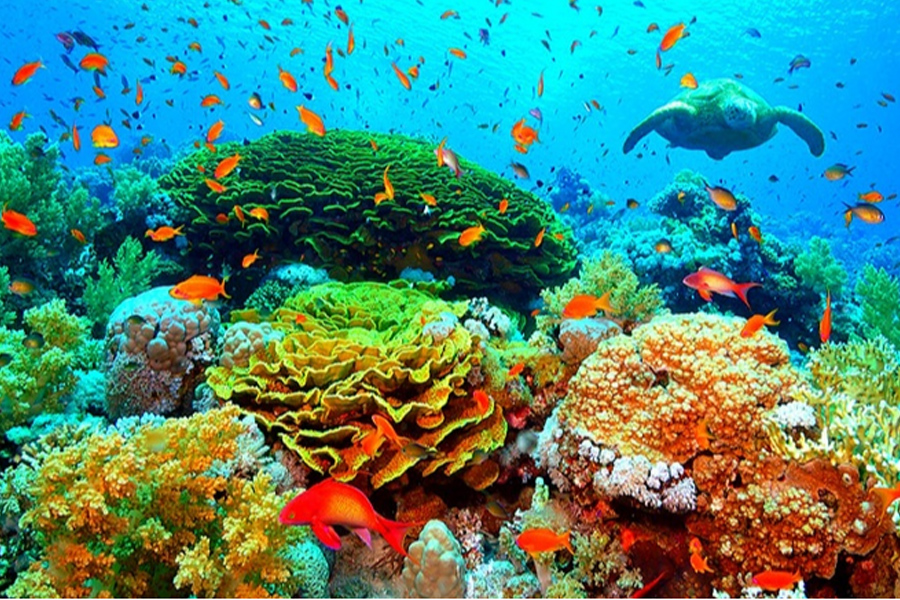The methods of fisheries capture are techniques used to harvest various species of fish and other marine organisms in the aquaculture industry, encompassing both traditional and modern approaches. Each method has its own advantages and disadvantages, depending on the fishing requirements that fishermen choose to apply suitable methods.

Pic1: Traditional Fishing Methods

Pic2: Modern Fishing Methods

Pic3: Effective Management for Sustainable Fishing

Pic4: Factors Requiring Management for the Sustainability of the Fisheries Industry
Therefore, appropriate regulations and sound management are crucial to ensure the sustainability of the fisheries industry. This needs to be carried out by management organizations and governments, requiring collaboration from industry stakeholders to ensure the sustainability of the fisheries industry. Involvement and cooperation from relevant parties, including management organizations, government bodies, industry enterprises, researchers, and local communities, are essential.
Management organizations and governments must establish reasonable regulations and policies to ensure that fishing and aquaculture activities are conducted in accordance with procedures and ensure the sustainability of the resource. Businesses need to conduct production and business activities responsibly, ensuring the responsible use of resources and environmental protection. Researchers should develop new technologies and provide scientific information to enhance the efficiency of fisheries resource management and exploitation. Local communities need training and participation in management and protection activities related to fisheries resources, along with means to address conflicts and issues associated with the fisheries industry. All stakeholders need to collaborate to ensure the sustainability of the fisheries industry in the future.
Whether using traditional or modern fishing methods, the use of supporting tools for fishing is essential. For those interested, fishermen can explore various products such as fishing ropes, Cock Ropes, Thailand style mooring ropes, Thailand style tying ropes, Cock Tying Ropes, and Thailand style fishing ropes. These tools and fishing equipment can be referenced here or explored through the following products: